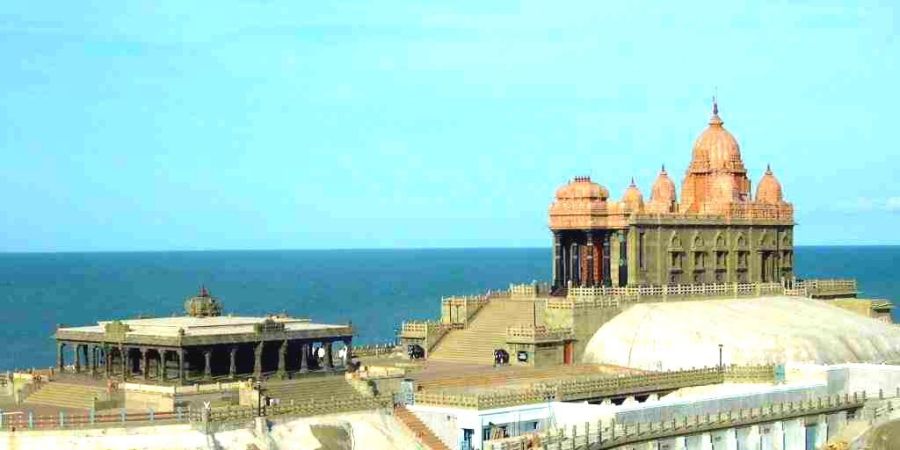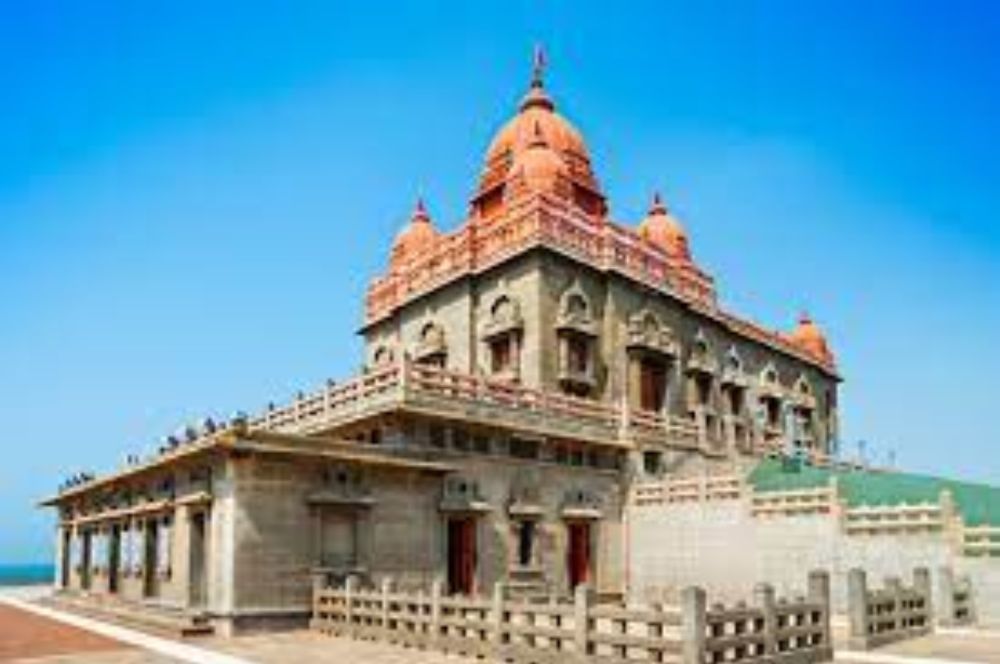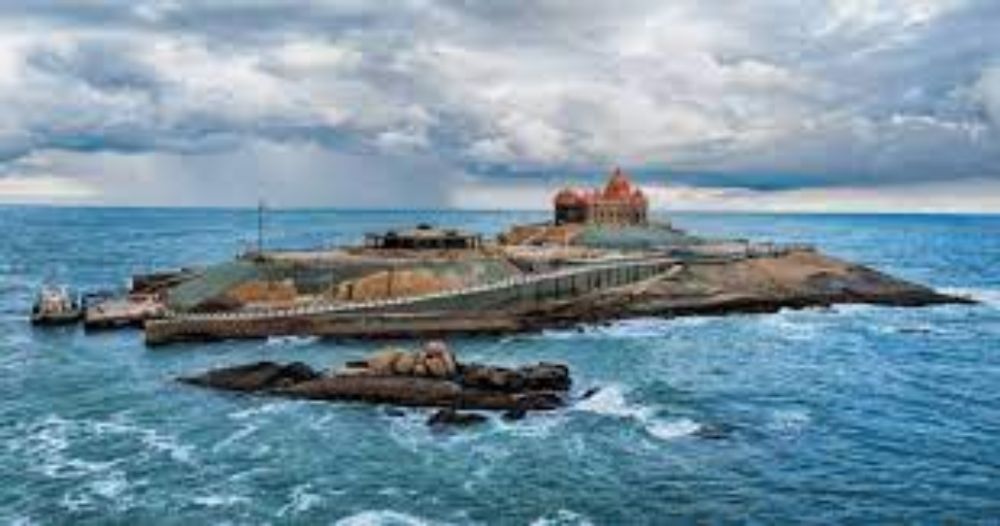

The southern most town in India is called Kanyakumari, and it is located in the state of Tamilnadu. The town, which projects into the Laccadive Sea and was formerly known as Cape Comorin under British rule, is well renowned for its oceanfront sunrises and sunsets. Due to its Bagavathi Amman Temple, which is devoted to consort of Shiva, and its our lady of Ransom church, a centre of Indian Catholicism, it is also a well known Pilgrimate site.

A well known and popular tourist attraction at Kanyakumari, India's southernmost point, is the Vivekananda Rock Memorial. Nearly 500 meters from Vavathurai's shoreline, the memorial is perched above two rocky outcrops. Swami Vivekananda was said to have gained illumination on the stone in 1970, and it was built in his honour. According to legend, Goddess Kanyakumari (Parvathi) performed tapes in her worship of lord Shiva on this stone. Visitors can unwind at the dhyana Mandapam, a contemplative hall adjacent to the monument. The mandapa's are made up of several temple decor patterns from India. The stones are surrounded by the Laccadive Sea, where three oceans meet. The Bay of Bengal, the Indian Ocean and the Arabian Sea. The tomb's two main components are the Vivekananda Mandapam and the shripada Mandapam.

Swami Vivekananda flew to chicago in 1893 to support India's inaugural Hinduism Parliament of the World's Religions, and he made a stirring speech that reverberated around the world. On December 24,1892, he paid a visit to Kanyakumari before departing on his expedition. According to legend, he concentrated on that particular rock for days before attaining understanding. In 1963, the stone was formally named the Vivekananda Rock to honour the centennial of swami Vivekananda's birth. The stone is also religiously significant. Similarly, Goddess Kanyakumari, a virgin form of Goddess Parvathi, sanctified the stone by embracing it with her foot, according to Hindu mythology. This is why the place is called Kanyakumari.
The construction of the monument was started in 1964 by the community focused organization and spiritual philosopher Eknath Ramakrishna Ranade. He served as the projects volunteer manager of three million people. It took 650 workers six years to complete the spectacular monument, which consist of the vivekananda Mandapam and the Shripada Mandapam. Garba Graham the sanctum sanctorum, and the inner and outer prakaram are all located in a square hall called shirpada Mandapam. Whereas Prakaram is an Indian structure that encloses a portion of a Temple's shrine. Additionally a brown human foot print near the Shripada Mandapam. That resembled the Vivekananda Rock project was discovered. After a few years, they discovered those human foot steps, which were actually those of Shri Padam's feet and Goddess Kanyakumari
